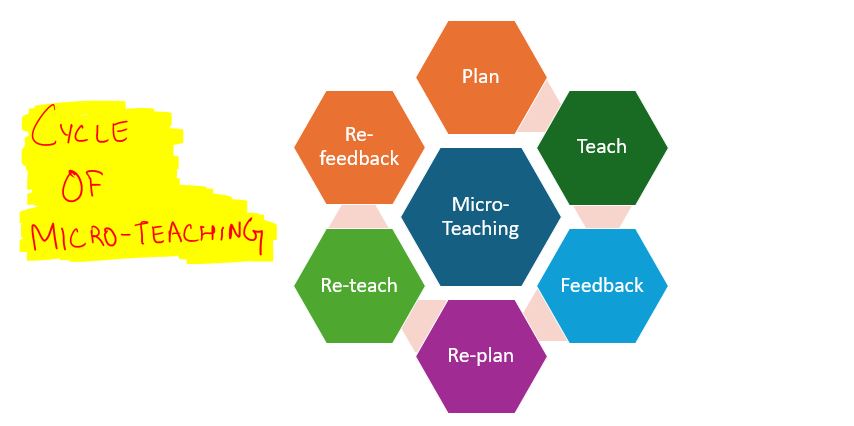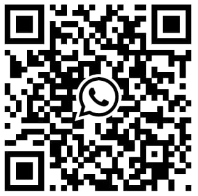Micro-Teaching - Teacher Training Technique
Micro-teaching is a product of research at Stanford University. It was first adopted in 1961 by Dwight W. Allen and his co-workers.
Microteaching is a teaching technique commonly used for teacher training and development, involving the delivery of a short, focused lesson to a small group of learners. It follows a set of steps and characteristics, including lesson planning with clear objectives and instructional strategies, keeping the duration of the session short, conducting it with a small group for individualized attention, focusing on specific teaching skills, delivering the lesson using effective methods and materials, providing feedback from participants and observers, reflecting on the experience and self-evaluating teaching effectiveness, and repeating the process to refine skills and incorporate feedback for continuous improvement in instructional practices.
Micro teaching is now a teaching training technique that is currently practiced worldwide, and provides teachers an opportunity to perk up their teaching skills by improving the various simple tasks called teaching skills. It in fact helps to promote real-time teaching experience. The core skills of micro teaching such as presentation and reinforcement skills help the novice teachers to learn the art of teaching at ease and to maximum extent.

Cycle of Micro-teaching
Micro-teaching is a structured process involving skill definition, expert demonstration, lesson planning, teaching to a small group, feedback discussions, skill refinement, and re-teaching to different groups. This cycle continues until the desired teaching skill level is attained.
Characteristics of Micro-teaching – Teacher Training Technique
A few characteristics of micro teaching are as under:
- It is a teacher training technique and not a method of classroom instruction.
- It is micro in the sense that it scales down the complexities of real teaching.
- Out of contents a single concept is taken up at a time.
- Only one skill is practised.
- Size of the class is reduced and thus the number of students is just 5 to 7.
- Duration of each micro lesson is 5 to 7 minutes.
- Feedback is provided immediately after the completion of the lesson.
- The use of video tape and closed circuit television makes the observation very objective.
- It is highly individualized training device.
- There is high degree of control in practising a skill when this technique is used.
- It is constructed for the benefit of the teacher and student’s learning is incidental.
UGC NET Previous Year Questions (Micro-Teaching)
1.) A teacher teaches in a scaled clown actuation of teaching. Which of the following terms can be used for this type of teaching? (UGC NET 22 Oct 2022 Evening)
(A) Macro teaching
(B) Sampling teaching
(C) Cooperative teaching
(D) Micro teaching
ANS. D
2.) Micro teaching is more effective:
(A) During the preparation for teaching-practice.
(B) During the teaching-practice.
(C) After the teaching-practice.
(D) Always
ANS. B
3.) Condition necessary for micro teaching is___________?
(A) Controlled environment.
(B) Repeated manifestation of only one skill.
(C) Observation and criticism.
(D) All of the above.
ANS. D



